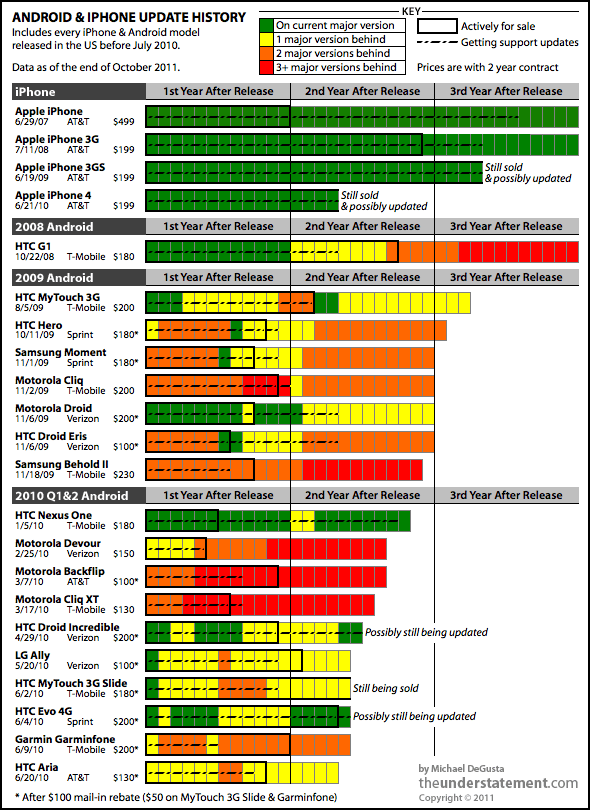Poser
Well-known member
what is so great about flash, what am i missing if i don't have flash?
most websites have a mobile version anyways.
this is really about mobile devices, but i used a different approach too.
i installed flash on my Mac, which is currently kinda disabled(click to flash plugin), if i visit a site that requires flash, i tap or click on the flashed item, and it displays....i also have a plugin that converts flash to html5 on the fly, and rarely just see flash only websites, which i don't even click, as what i read was good enough.
so whats the big deal of this flash thingy.....don't get me wrong, i enjoyed flash back in the day, but my Macbook Air battery(5-6-7hrs) seems to be quite ok without it(hence click to flash plugin), all those pesky flash ads.
most websites have a mobile version anyways.
this is really about mobile devices, but i used a different approach too.
i installed flash on my Mac, which is currently kinda disabled(click to flash plugin), if i visit a site that requires flash, i tap or click on the flashed item, and it displays....i also have a plugin that converts flash to html5 on the fly, and rarely just see flash only websites, which i don't even click, as what i read was good enough.
so whats the big deal of this flash thingy.....don't get me wrong, i enjoyed flash back in the day, but my Macbook Air battery(5-6-7hrs) seems to be quite ok without it(hence click to flash plugin), all those pesky flash ads.






